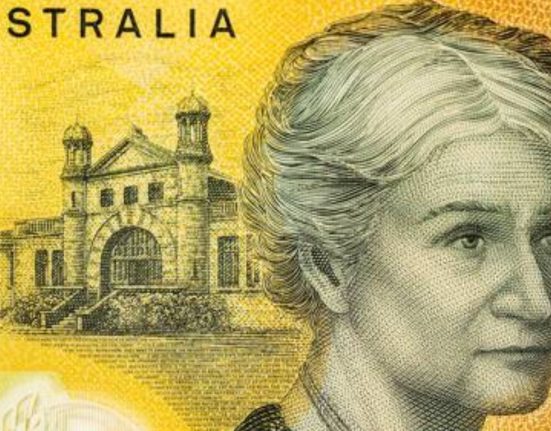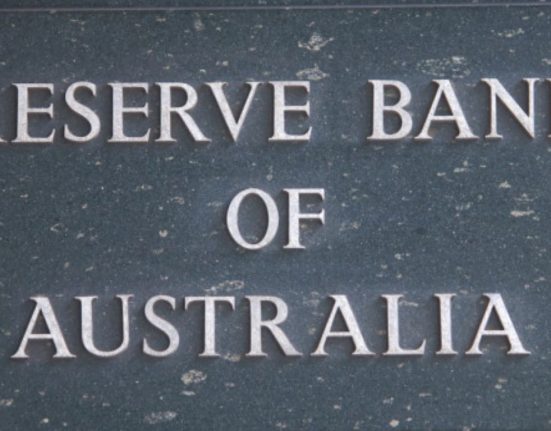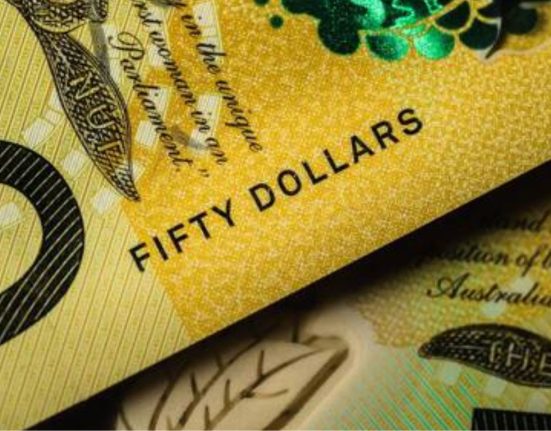Introduction
The AUD/USD currency pair has been displaying intriguing price action in recent sessions, trading within a developing ascending triangle formation. However, a recent dip below both the 50-day and 200-day moving averages has signaled short-term bearish momentum. In this article, we delve into the technical analysis and potential implications for traders and investors.
Ascending Triangle Formation
The price action of AUD/USD has been consolidating within an ascending triangle formation, as indicated by the dashed black line on the chart. This formation is characterized by a series of higher lows, suggesting buying pressure, while the upper boundary remains relatively flat, indicating a potential resistance level. Traders often view ascending triangles as bullish patterns, anticipating an eventual upside breakout. However, recent developments have cast doubts on this optimistic outlook.
Short-Term Bearish Momentum
Despite the ascending triangle formation, AUD/USD has experienced a dip below both the 50-day and 200-day moving averages. These moving averages are widely followed by traders and investors as key indicators of the market’s overall trend. The breach below these averages is seen as a bearish signal, suggesting a shift in short-term momentum.
The 50-day moving average is a commonly used indicator to gauge the near-term trend, while the 200-day moving average provides insight into the longer-term trend. The fact that the price has fallen below both of these moving averages implies a weakening of the Australian dollar against the US dollar in the short term.
Implications for Traders and Investors
For traders and investors, the recent dip below the moving averages raises important considerations. It suggests a shift in short-term sentiment, potentially favoring US dollar strength over the Australian dollar. Traders employing short-term strategies may find opportunities to capitalize on the bearish momentum, looking for potential downside targets and considering appropriate risk management measures.
On the other hand, investors with a longer-term perspective may opt to remain cautious until clearer signals emerge. The breach below the moving averages indicates a potential reversal in the prevailing trend, necessitating a reassessment of investment strategies. Monitoring price action and key support levels becomes crucial to determine whether this is merely a temporary correction or the beginning of a sustained downtrend.
Fundamental Factors at Play
Understanding the underlying fundamental factors impacting the AUD/USD exchange rate is essential for a comprehensive analysis. Several factors can influence the relative strength of each currency, such as economic indicators, monetary policy decisions, and geopolitical events.
In the case of the Australian dollar, factors such as commodity prices, particularly those of iron ore, copper, and gold, can significantly impact its value. Additionally, economic indicators like GDP growth, employment figures, and inflation rates play a vital role in shaping market sentiment toward the Australian dollar.
On the US dollar side, factors like the Federal Reserve’s monetary policy decisions, economic data releases, and geopolitical developments can drive its value. Traders and investors should closely monitor these factors to gain a holistic understanding of the AUD/USD exchange rate and its future trajectory.
Technical Levels to Watch
As AUD/USD continues to trade within the ascending triangle formation, traders should monitor key technical levels for potential breakouts or breakdowns. The lower boundary of the ascending triangle serves as a critical support level, while the upper boundary acts as resistance.
A decisive break below the lower boundary could confirm the short-term bearish momentum, potentially leading to further downside moves. On the other hand, a strong break above the upper boundary would invalidate the bearish bias, signaling a potential bullish breakout.
Conclusion
The AUD/USD currency pair remains within a developing ascending triangle formation, indicating the potential for a bullish breakout. However, recent price action has dipped below both the 50-day and 200-day moving averages, suggesting short-term bearish momentum.
Traders and investors should closely monitor the evolving price action, keeping an eye on key technical levels and fundamental factors influencing the AUD/USD exchange rate. By combining technical analysis with a thorough understanding of market dynamics, market participants can make informed decisions to navigate the current market conditions effectively.










